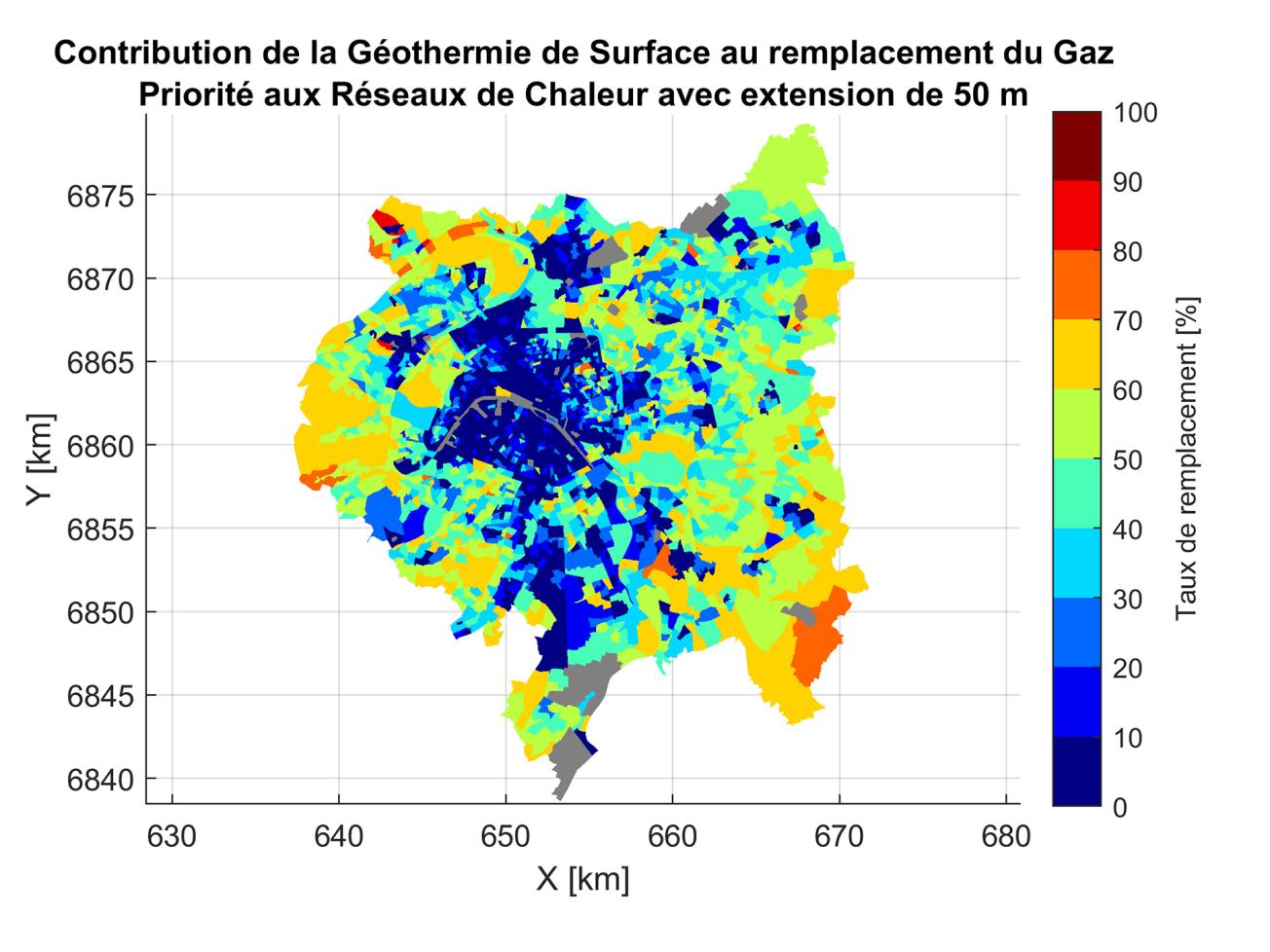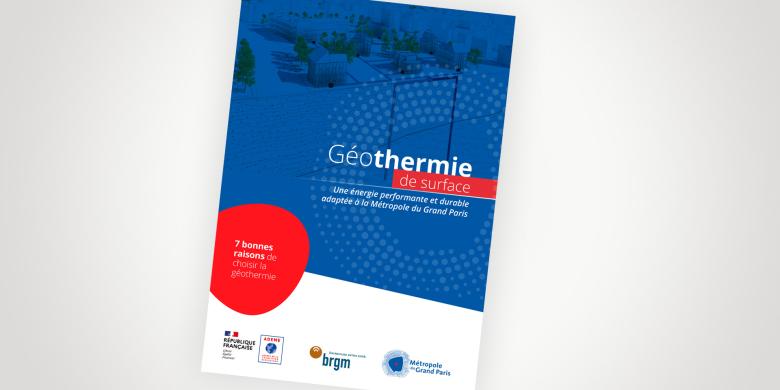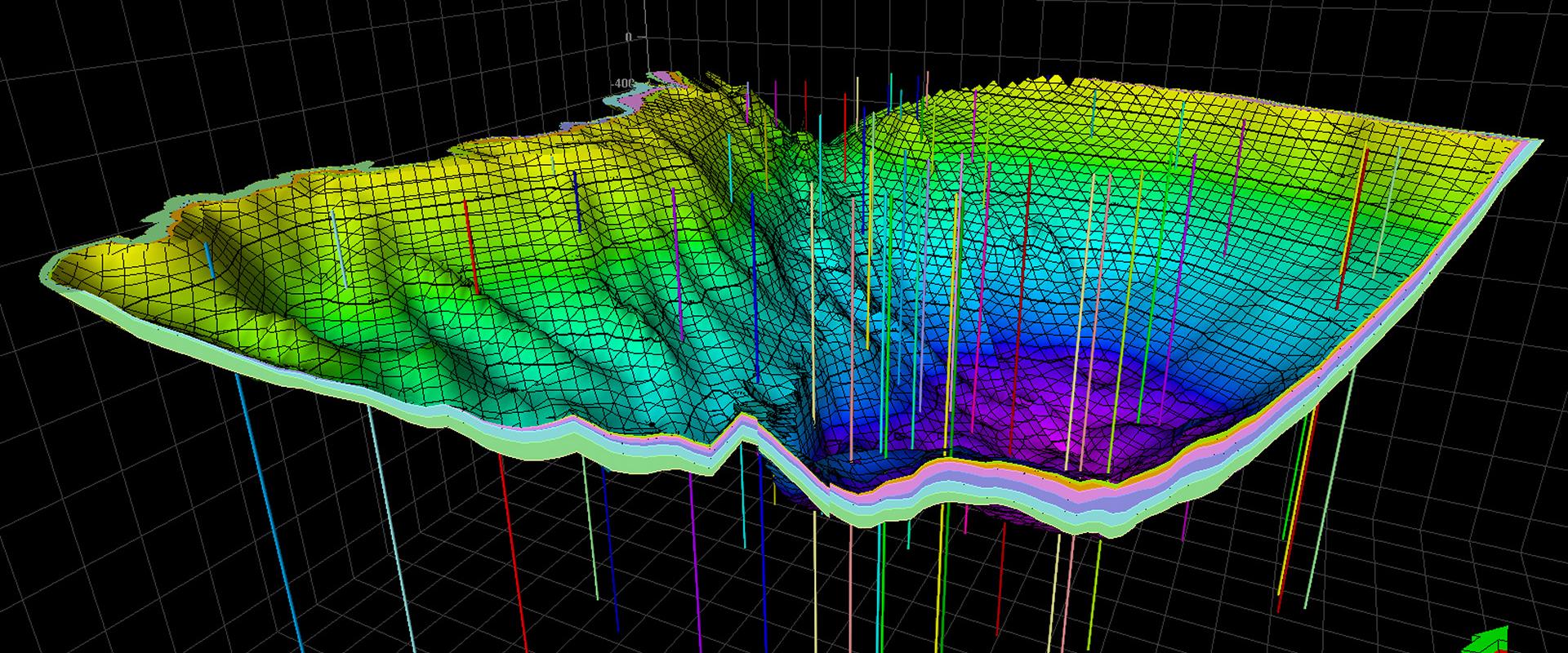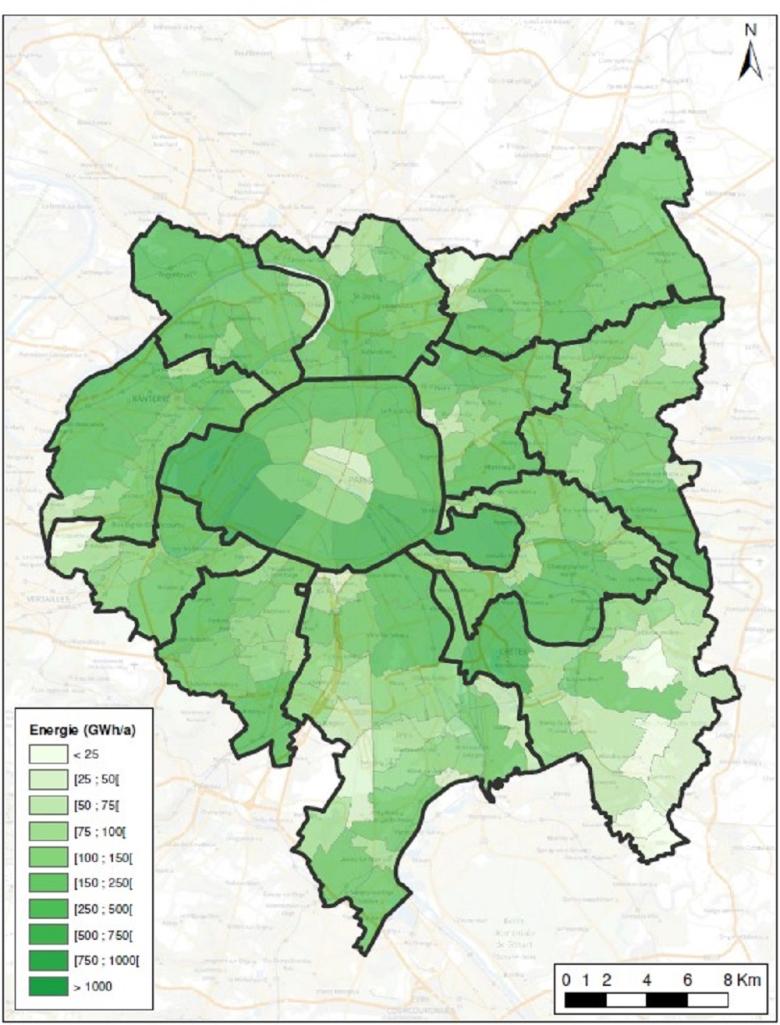It is a well-known fact that there is considerable heating potential in the subsurface of the Paris region, and the Greater Paris Metropolitan Council – which drew up its Climate-Air-Energy Plan in 2018 – intends to exploit this potential through near-surface geothermal projects (less than 200 metres deep) in order to provide heating or cooling for buildings. With this in mind, in 2020, the local authority commissioned BRGM to precisely assess the extent to which these underground resources could contribute to the area's energy needs and to develop tools that could be used to promote the deployment of this type of renewable energy. "The Ile-de-France region has more than 500 near-surface geothermal installations," explains Timothée Dupaigne, BRGM's regional hydrogeologist. "There is still plenty of room to develop this type of green energy, which has two key advantages, in that it is locally-sourced and not subject to the effects of climate change. So, it is available everywhere and on a permanent basis."
Additional data incorporated in the Subsurface Database (BSS)
BRGM's geologists and geothermal specialists worked plot by plot to assess the potential contributions available in the subsurface using two techniques: vertical heat exchangers, which use a fluid circulating in probes placed in the subsurface to recover heat or coolness, and well-doublets, which directly exploit the heat from the aquifers contained in Lutetian and Ypresian-Cuisian rocks and in the chalk layers. To conduct its work, the team drew on the French Subsurface Database (BSS), the national database on subsurface structures managed by BRGM, while also adding new data to the near-surface geothermal section on operations carried out over the last few years. The project also enabled us to update our knowledge of near-surface aquifers.
"On each plot of land, we cross-referenced the geothermal resources in the immediate subsurface with the land available for drilling, in order to assess the amount of energy that could be extracted," explains Charles Maragna, a geothermal research engineer. The results were then aggregated at different levels; firstly, for each of the 2,861 IRIS grids (based on INSEE data) that cover the metropolitan area; then, for each of the 131 municipalities and each of the 12 local territorial administrative areas(ETPs) in Greater Paris and, finally, for the whole of the Metropolitan area. "We mapped the near-surface geothermal potential at every scale," says Charles Maragna.
Now, all that remains to be done is to compare these assessments with the area's energy requirements in terms of heating, domestic hot water production, air conditioning and cooling in buildings, essentially offices and residential buildings. Overall, this represents an estimated annual consumption of 50.94 TWh. "Near-surface geothermal energy could cover 58% of this consumption," says Timothée Dupaigne. "In order to decarbonise heat production, it could replace around 25% of gas heating consumption, after connecting buildings to existing heating networks as a priority."

Contribution of near-surface geothermal energy to help replace gas.
© BRGM

Greater Paris Metropolitan Council: 7 good reasons to choose near-surface geothermal energy.
© ADEME / BRGM / Métropole du Grand Paris
7 good reasons to choose geothermal energy
Carried out with the support of ADEME and in partnership with the Paris Urban Planning Workshop (APUR), this mission also produced a map-based interface that shows the existing boreholes and geothermal probes, at the desired scale. This service is updated in real time and is available free of charge on the geothermies.fr website, which is managed by BRGM. It is supplemented by a methodological report. "These tools are invaluable for geothermal professionals, and especially for local authorities," underlines Timothée Dupaigne. "They can be used by authorities to define an energy mix that includes geothermal energy."
BRGM is also involved in promoting near-surface geothermal energy among local stakeholders, by producing and distributing a guide entitled "7 good reasons to choose geothermal energy for the Greater Paris Metropolitan Area". In addition to the seven arguments set out, the guide includes eleven testimonies about successful projects. "It is a showcase for near-surface geothermal energy, to popularise it and raise awareness among supervising authorities." Lastly, this project with the Greater Paris Metropolitan Area has led to the creation of a national observatory for near-surface geothermal energy, in partnership with ADEME.








